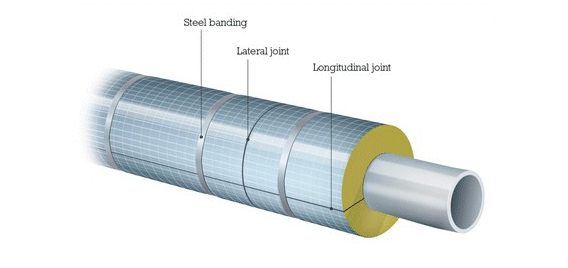Chemical and Process Engineering Resources

Economics
Table 1: Economic Indoor Insulation Thickness (American Units)
Table 2: Economic Indoor Insulation Thickness (Metric Units)
Table 3: Economic Outdoor Insulation Thickness (American Units)
Table 4: Economic Outdoor Insulation Thickness (Metric Units)
Example of Economic Thickness Calculation
Using the tables above, assuming a 6.0 in pipe at 500 °F in an indoor setting with an energy cost of $5.00/million Btu, what is the economic thickness?
Answer: Finding the corresponding block to 6.0 in pipe and $5.00/million Btu energy costs, we see temperatures of 250 °F, 600 °F, 650 °F, and 850 °F. Since our temperature does not meet 600 °F, we use the thickness before it. In this case, 250 °F or 1 1/2 inches of insulation. At 600 °F, we would increase to 2.0 inches of insulation.
Economic thickness charts from other sources will work in much the same way as this example.

 FB
FB


2 Comments
Great article and very helpful.